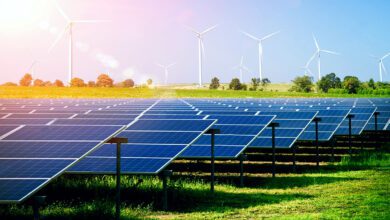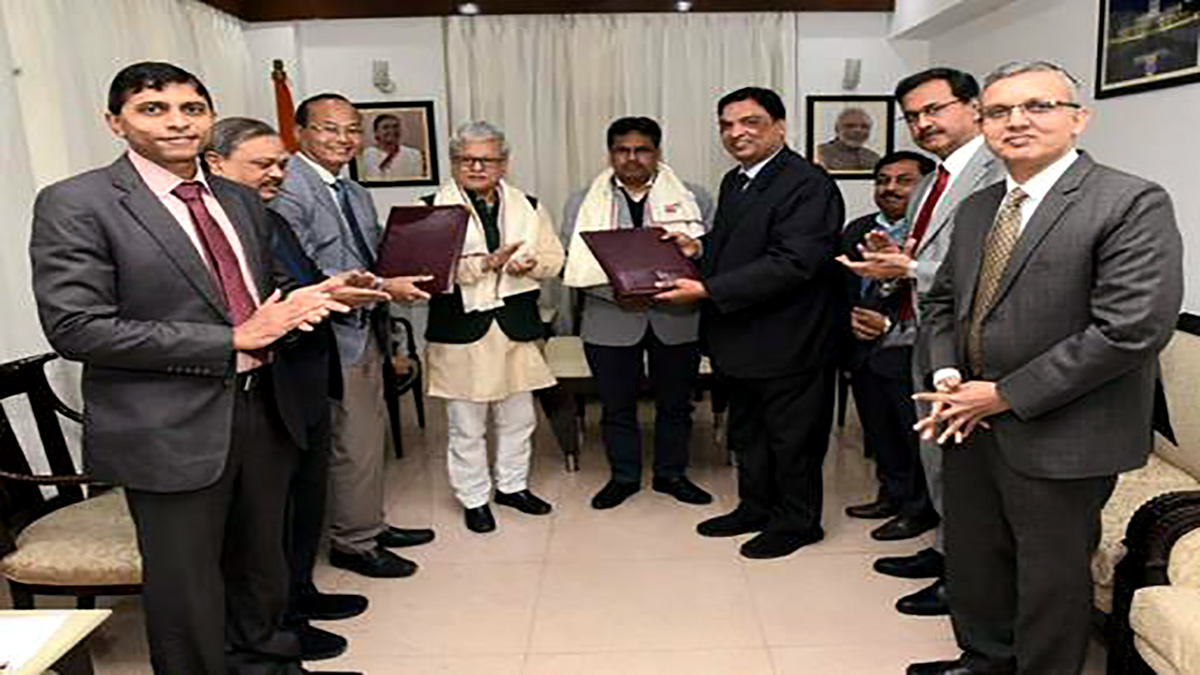Serentica Renewables has announced plans to develop renewable energy projects with a total capacity of 10 gigawatts (GW) in Andhra Pradesh. This commitment underscores Serentica’s dedication to advancing the country’s renewable energy goals and aligns with Andhra Pradesh’s target to reach 72 GW of renewable capacity by 2030.
The project, utilising a mix of solar, wind, and storage technologies, will create reliable, round-the-clock green power for the state. This development stands as a crucial step toward sustainable regional industrial growth and will contribute to India’s broader ambition of achieving 500 GW of renewable capacity by 2030.
Pratik Agarwal, Chairman of Serentica Renewables, emphasised the project’s significance, stating, “Andhra Pradesh holds immense renewable energy potential, and our 10 GW commitment is a bold step toward unlocking it. This project will provide reliable, round-the-clock green power, supporting both regional growth and India’s vision for a sustainable, energy-secure future.”
Echoing this commitment, Akshay Hiranandani, CEO of Serentica Renewables, highlighted the company’s expertise in implementing complex renewable projects, stating, “Our 10 GW development builds on our proven track record of executing complex renewable projects. We’re combining solar, wind, and storage technologies to ensure green power on a 24×7 basis.”
The company has outlined an ambitious timeline: by 2025, 4 GW of this renewable capacity will be operational to meet the round-the-clock energy demands of its customers. Serentica’s overall plan targets 17 GW of renewable capacity by 2030, with a significant focus on round-the-clock power, supported by an extensive energy storage system. A collaboration with Greenko Group will provide 1,500 MWh of energy storage from projects in Andhra Pradesh and Madhya Pradesh, supplemented by an additional 3,500 MWh of battery storage.
Serentica’s commitment to sustainability includes a target to deliver 50 billion units of renewable energy annually by 2030, reducing carbon emissions by an estimated 47 million tonnes.













